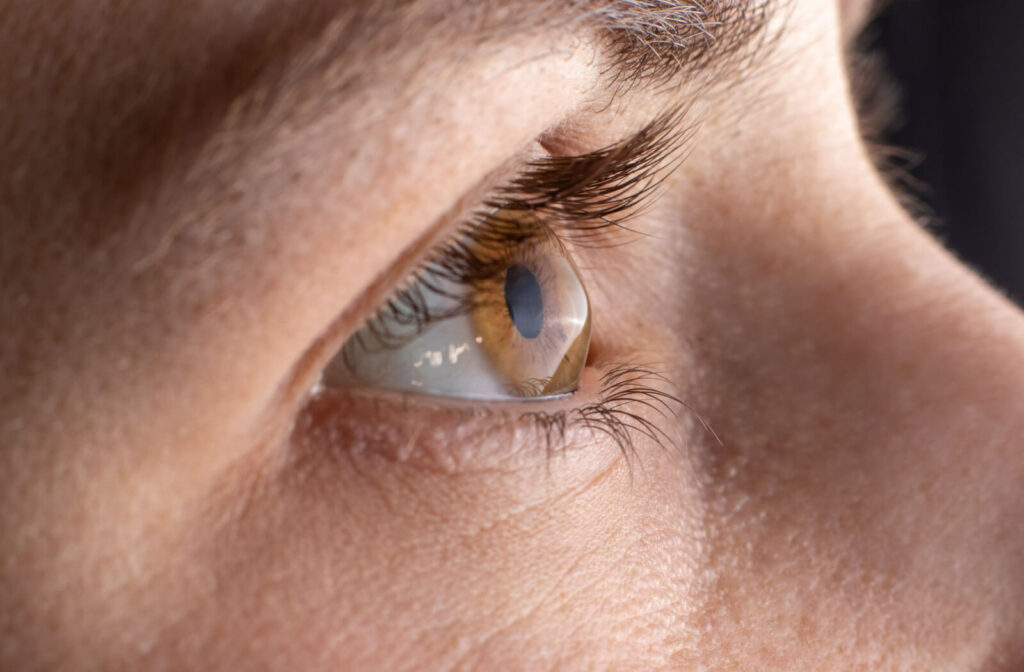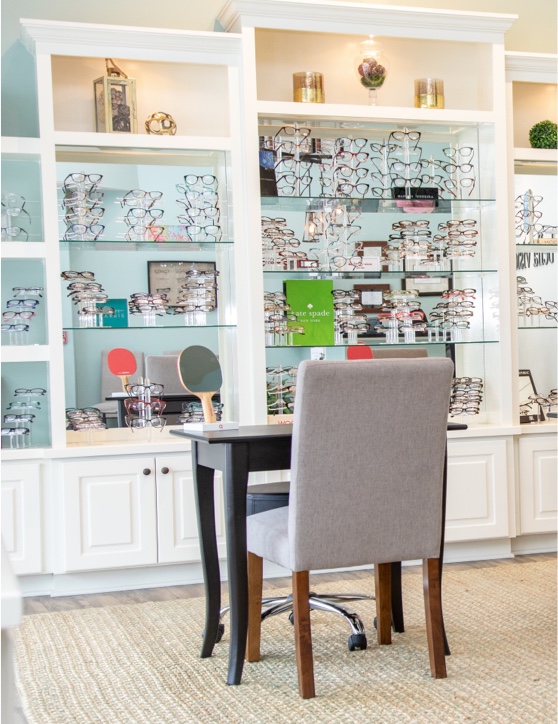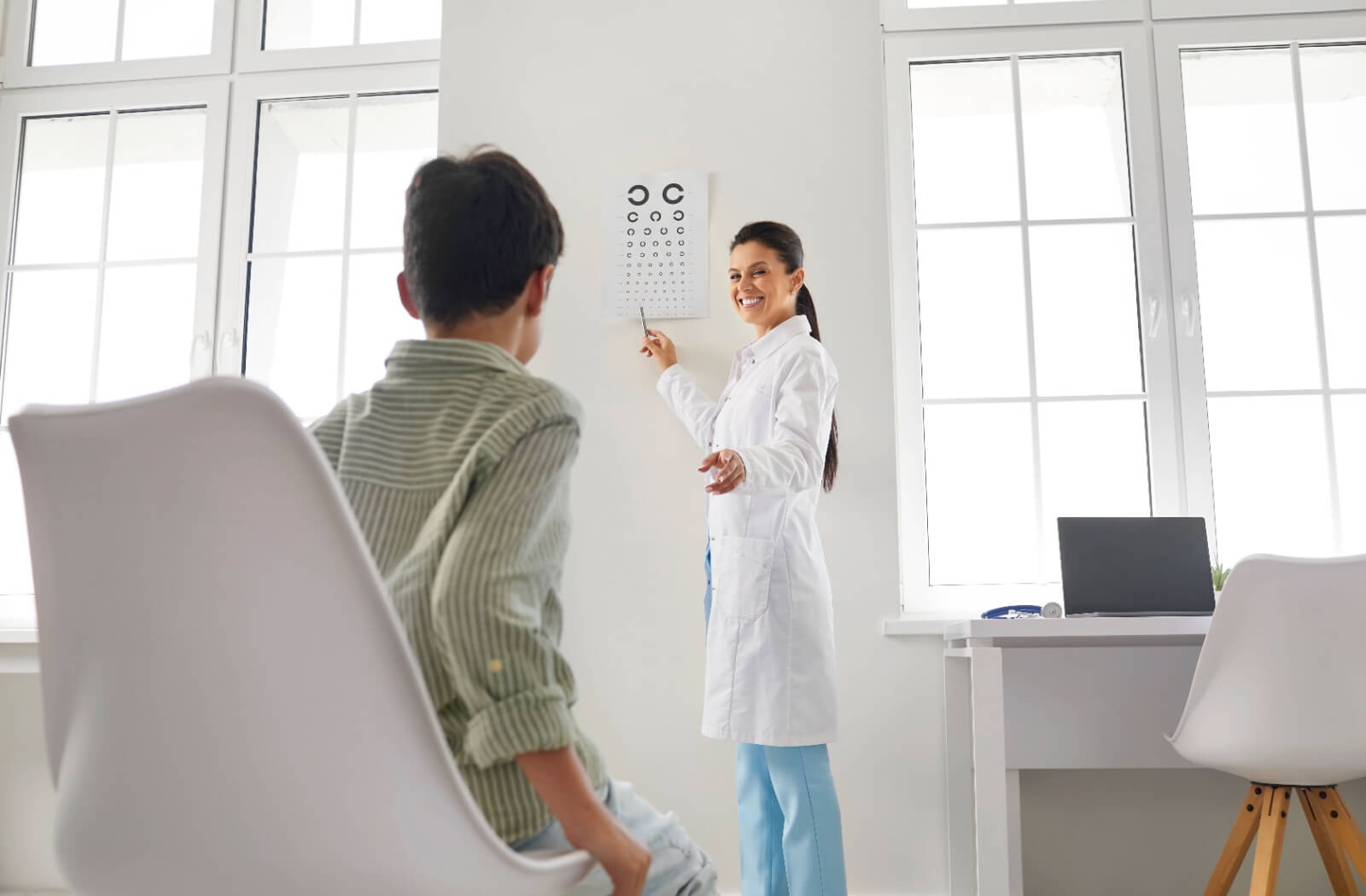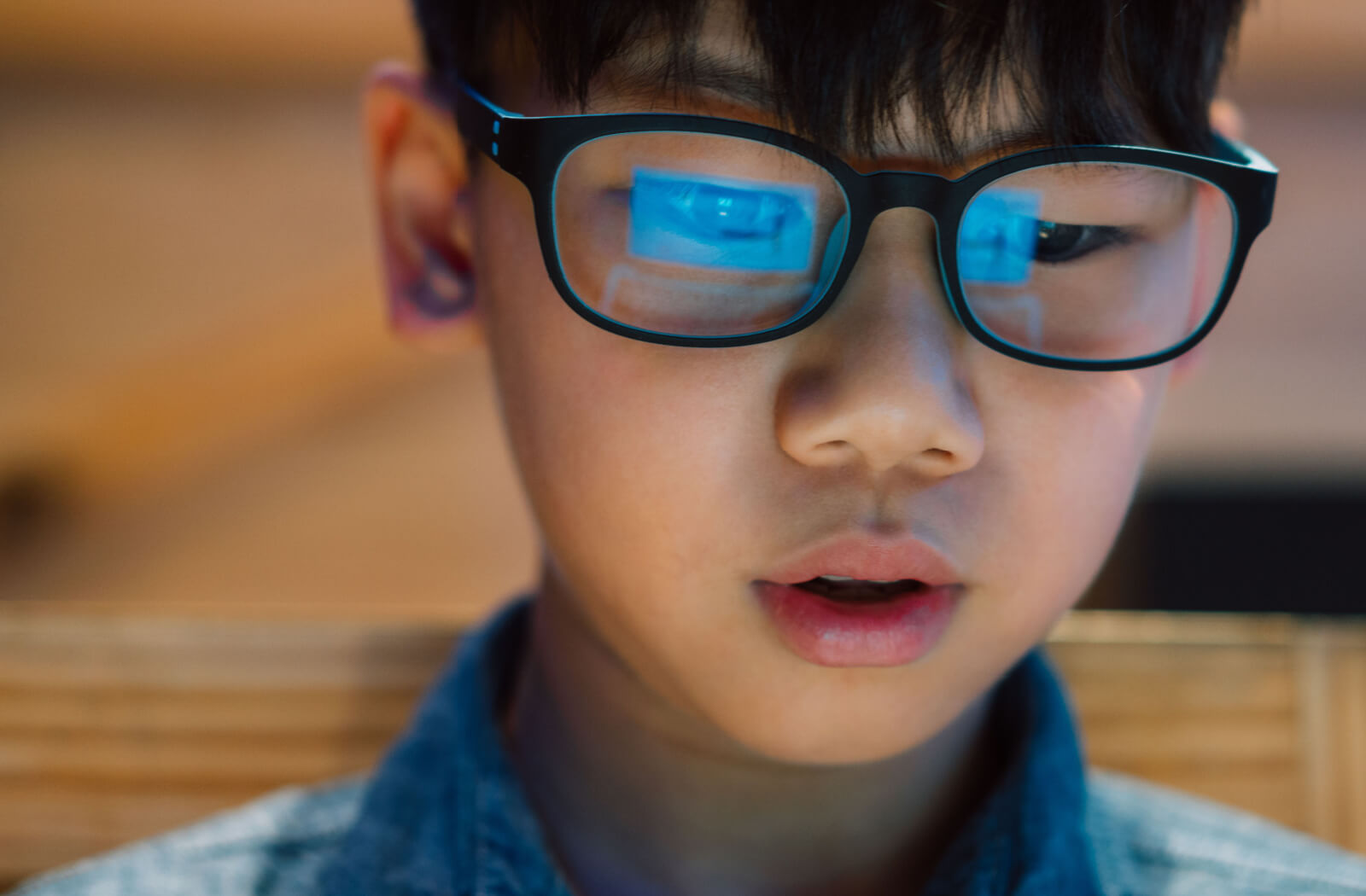Of our 5 senses, the sense of sight hails as the most dominant as it guides our motor movements, allowing us to understand and perceive the world around us. Yet, just as a camera lens can sometimes misfocus an image, our eyes can also have refractive errors that blur the clarity of our vision. While myopia, hyperopia and astigmatism can lead to blurred vision, they stem from distinct underlying causes and require different approaches for correction. A comprehensive eye exam can help to determine which is which. Let’s look at the differences to better help you understand these visual impairments and how to manage them.
The first step is to schedule a comprehensive eye examination with your optometrist in order to evaluate the health of your eyes and refractive needs. Many systemic diseases (diabetes, hypertension, thyroid) can cause blurry, double and fluctuating vision. Evaluating the health of the cranial nerves involving eye movements and retinal evaluation can help determine your best visual acuity.

Understanding Myopia (Nearsightedness)
Myopia, commonly known as nearsightedness, is a common refractive error. It occurs when the eyeball is longer than usual or the cornea is excessively curved. As a result, light entering the eye is focused in front of the retina instead of directly on it. This causes distant objects to appear blurry, while close-up objects are clear.
Nearly 30% of Americans have myopia. There is strong evidence that many people inherit myopia or at least the propensity to develop it, even though the precise origin of myopia is unknown. There is a higher likelihood that children will be nearsighted if one or both parents are. Increased hand held screen time, lack of outdoor time and other close-up visual tasks can all contribute to the development and progression of myopia.
Symptoms Of Myopia
Myopia makes it difficult to see objects in the distance – the board in the classroom, faces across the room and even your TV. Myopia often appears in school-age children. Because the eye grows during childhood, it usually worsens until around the age of 20, when it begins to stabilize. However, myopia can develop in adults because of visual stress or medical diseases such as diabetes.
Myopia Treatments
Myopia can be corrected using eyeglasses, contact lenses, or refractive surgery. A single-vision lens offers clear vision for all ranges. Patients over 40 and children and adults whose myopia is because of the strain of close vision activities may require a bifocal or progressive addition lens. These multifocal lenses have varying strengths across the lens, allowing for clear vision at a distance and up close.
Surgical options, such as LASIK or implantable lenses, reshape the cornea or the eye’s focusing lens to correct myopia.
Understanding Implantable Lenses
Myopia can be surgically remedied in people who are extremely nearsighted or whose corneas are too thin for laser surgery. Small lenses with the desired optical correction may be implanted in their eyes by a specialist.
The implant can be placed directly in front of the natural lens or it may substitute for the natural lens. The latter is referred to as clear lens extraction and is comparable to cataract surgery, however, it occurs before the presence of a cataract.
MiSight
Coopervision has the first FDA approved contact lens treatment option for children with myopia. The MiSight 1 day contact lenses are daily disposable contact lenses that have been clinically proven to decrease the progression of myopia in children aged 8–12. These speciality lenses function by slowing the elongation of the eye and the progression of myopia to help correct the refractive error.
Atropine Eye Drops
Low-dose atropine eye drops can help decrease myopia progression in kids and avoid severe nearsightedness. They work by mildly dilating the pupil and relaxing the muscles in the eye, which helps to reduce the progression of nearsightedness. Your eye doctor can help establish whether your child would benefit from atropine drops and the appropriate dosage.
Understanding Hyperopia
Hyperopia, also known as farsightedness, occurs when light entering the eye through the cornea (the outermost clear surface of the eye) is not focusing correctly on the retina. Generally, a person who is farsighted will see distant objects clearly, but near vision may be blurry. People who have a significant hyperopic prescription will have both blurred vision at distance, intermediate and near ranges.
Symptoms Of Hyperopia
- Headaches
- Eyestrain
- Difficulty focusing at near
- Squinting
Correcting Hyperopia
During a comprehensive eye exam, your eye doctor will be able to diagnose the type of refractive error. Hyperopia is typically corrected using eyeglasses and/or contact lenses. Corrective lenses are designed to counteract the irregular curvature of the cornea or lens, allowing light to properly focus on the retina.
Understanding Astigmatism
Astigmatism is a refractive error that occurs when the cornea or lens has an irregular curvature that results in light focusing on the retinal in two points instead of one, causing blur. Some patients with low amounts of astigmatism report “shadowy” vision and halos at night around lights. Patients with more significant amounts of astigmatism will report blurry vision at all distances. . (the outermost surface of the eye) or the lens has an irregular shape, causing light to be focused unevenly on the retina. This results in distorted or blurred vision at both near and far distances.
Astigmatisms can be regular and irregular, meaning the eye takes on a shape similar to a football rather than a round shape like a basketball in the case of regular astigmatism. Irregular astigmatism is less common and simply refers to the eye taking on an uneven curvature. Both types of astigmatisms result in blurry and distorted vision.
Symptoms Of Astigmatism
Each person may experience astigmatism differently. Some individuals experience no symptoms at all. The main signs and symptoms of astigmatism include:
- Blurred or distorted vision at all distances
- Halos around lights
- Eyestrain and discomfort, especially after prolonged visual tasks
- Headaches and fatigue
Correcting Astigmatism
Your eye doctor can diagnose astigmatism during a comprehensive with an eye exam. Astigmatism is typically corrected using eyeglasses, contact lenses, or refractive surgery. Eyeglasses and contact lenses are designed with cylindrical lenses to counteract the irregular curvature of the cornea or lens, allowing light to properly focus on the retina.
Understanding Refractive Surgeries
If your condition is serious, your eye doctor might suggest refractive surgery. In this kind of surgery, lasers or tiny blades reshape your cornea. Surgery can permanently correct your astigmatism.
Refractive surgery options include Common surgeries for astigmatism include LASIK (laser in situ keratomileusis), where a surgeon cuts a thin flap in the cornea and uses a laser to reshape before closing the flap, and PRK (photorefractive keratectomy), where a surgeon uses a laser to change the shape of the cornea, which improves how light focuses on the retina. Refractive surgery is considered elective and is not a permanent solution to needing glasses as our eyes continue to change as we age as do our visual needs. If you are considering refractive surgery, talk to your optometrist about which option would be best for you.
Thankfully, as technology has improved, so have our treatment options for refractive correction. . Finding the best option for you will depend on your goals, lifestyle and overall health of the eye. If you suspect that your vision isn’t as good as it should be, visit our website to call us or book an appointment online with the friendly and professional team at Bella Vision. Understanding your visual needs is the first step to clear vision for life.

























